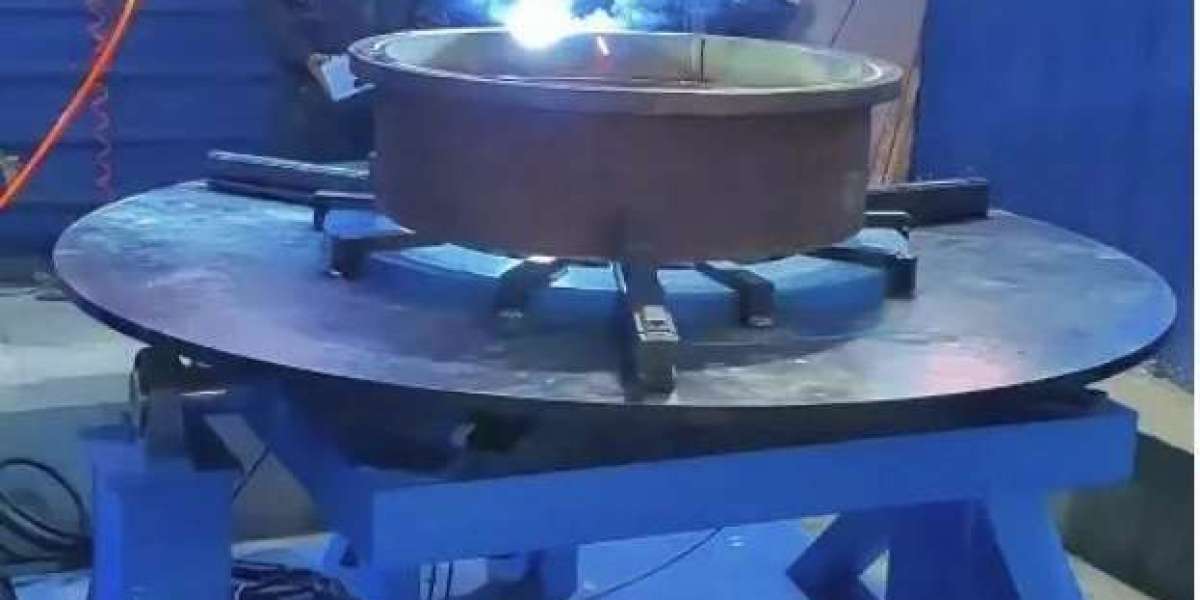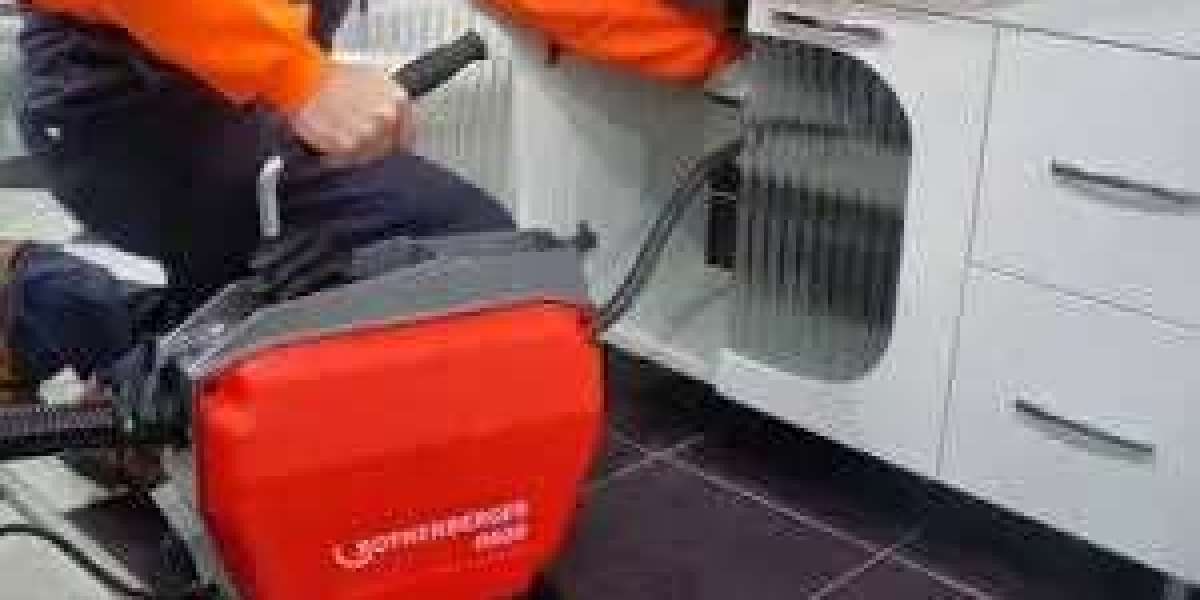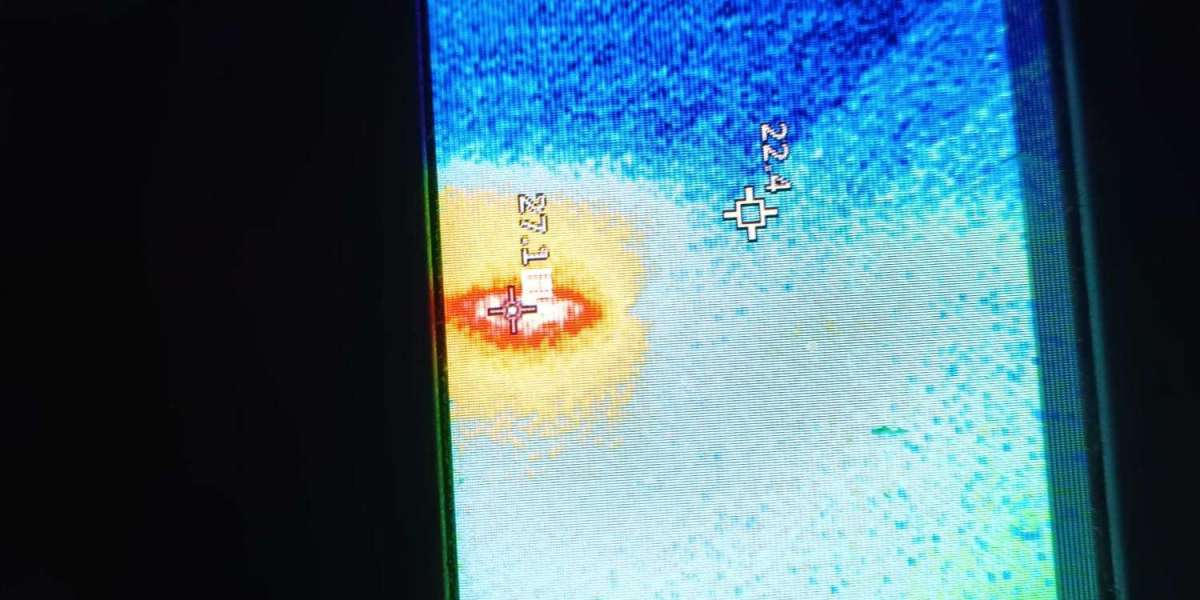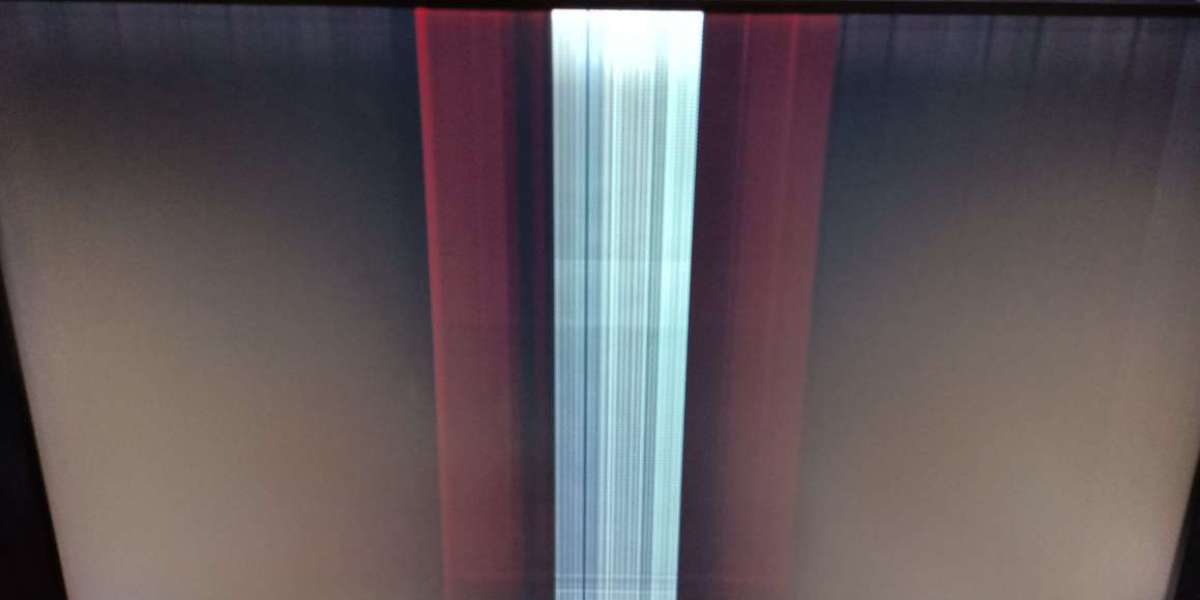In modern industrial manufacturing, welding positioners have become indispensable for optimizing gas-shielded arc welding (GMAW) processes, including MIG, MAG, and CO₂ welding. These welding methods—renowned for high-speed deposition, superior weld quality, and material versatility—are critical in automotive fabrication, shipbuilding, and heavy machinery production. By integrating precision welding positioners with GMAW systems, manufacturers achieve unprecedented improvements in weld consistency, defect reduction, and throughput.
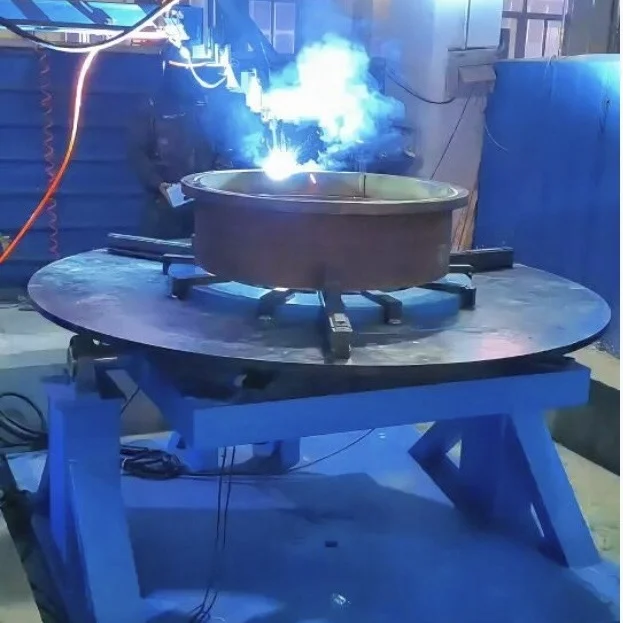
Synergizing GMAW Technology with Dynamic Positioning
Gas metal arc welding relies on shielding gases (argon, CO₂, or mixtures) to protect molten weld pools from atmospheric contamination. While GMAW excels in speed and adaptability, fixed-position welding struggles with complex geometries like cylindrical tanks, pipe joints, or structural assemblies. Manual repositioning introduces variables—inconsistent travel angles, arc instability, and uneven heat input—leading to defects like porosity, undercut, or lack of fusion.
This is where industrial welding positioners transform outcomes. Modern motorized welding turntables and programmable welding manipulators enable:
- 360° continuous rotation for circumferential welds on pipes or pressure vessels
- Tilt-flip mechanisms (up to ±180°) for overhead or vertical-up welding positions
- Synchronized motion control with wire feed speed and voltage parameters
For example, fabricating truck chassis components requires consistent fillet welds across multiple planes. A dual-axis welding positioner with servo-driven articulation maintains optimal torch angle and work distance, reducing spatter by 40% while increasing travel speed by 25%.
Automated GMAW-Positioner Integration: Technical Innovations
Advanced CNC welding positioners now synchronize seamlessly with GMAW power sources via PLC or IoT-enabled controls, enabling:
1. Adaptive seam tracking: Laser-guided systems adjust positioner rotation (0.5–5 RPM) in real time
2. Multi-process compatibility: Switch between MIG (aluminum), MAG (steel), and flux-cored welding without recalibration
3. Parameter synchronization: Automatic voltage/wire feed adjustments during positioner tilting or inversion
4. Heavy-duty stability: 15-ton welding rotators handling locomotive frames with ±0.2° precision
Case studies in automotive assembly lines show 55% faster cycle times when combining robotic welding positioners with pulsed GMAW. Automated welding turntables with HMI interfaces further reduce setup time for batch production of exhaust systems or wheel rims.
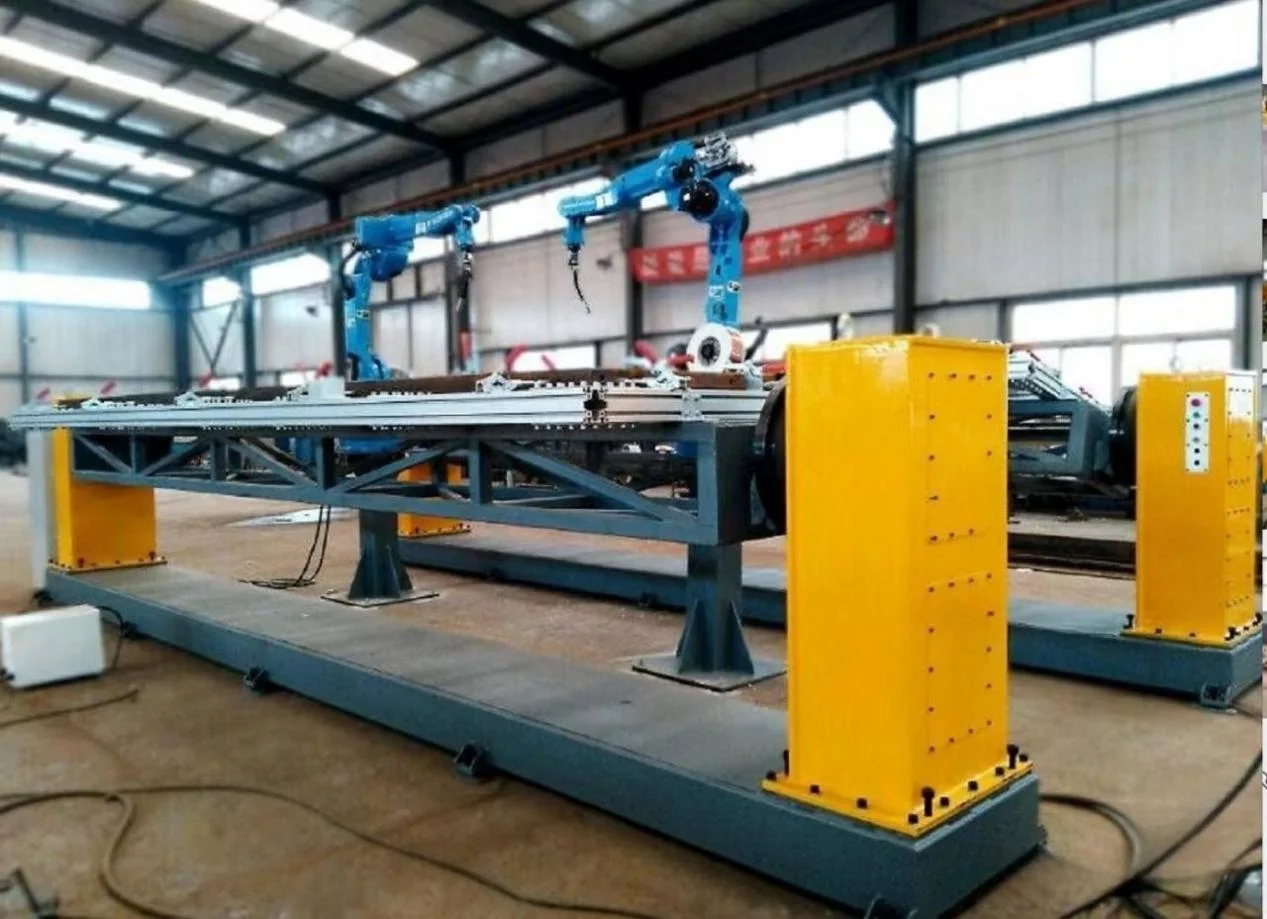
Diverse Welding Positioner Configurations for GMAW
- Single-axis motorized turntables: Ideal for high-speed MIG welding of pipes or shafts
- H-frame inverter positioners: Enable 180° flipping for dual-sided MAG welding of structural plates
- 3D programmable manipulators: Handle complex angles in roll cages or hydraulic cylinders
- Crawler-type positioners: Facilitate longitudinal welding of railcar undercarriages
Key Technical Specifications:
- Load capacity: 500 kg to 30 tons (shipbuilding-grade systems)
- Rotation speed: 0.1–6 RPM (adjustable via VFD drives)
- Control protocols: EtherCAT, PROFINET, or RS-485 integration
- Safety compliance: ISO 10218-2 for collaborative robotics
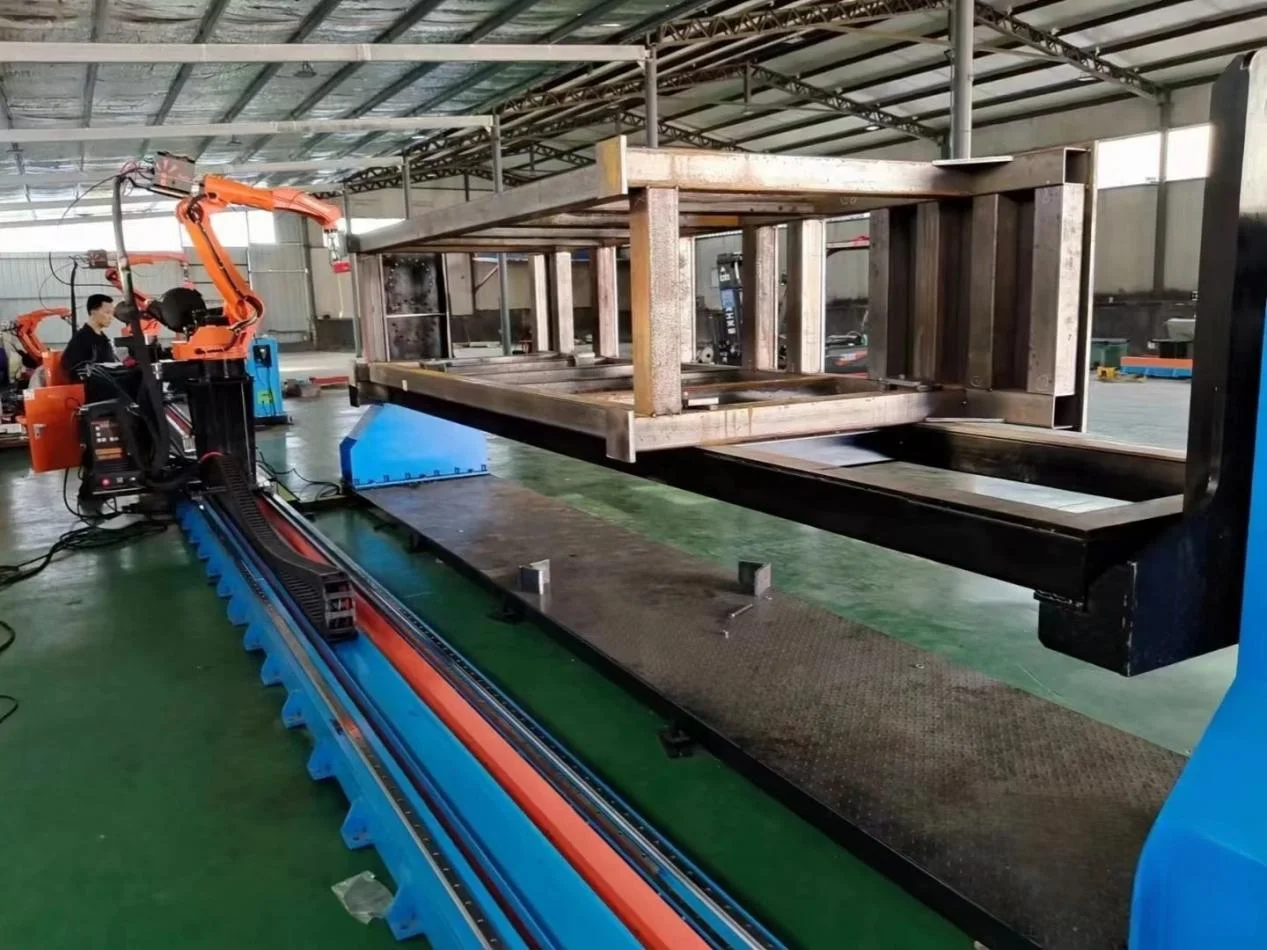
Optimized GMAW-Positioner Workflows: Best Practices
1. Shielding gas management: Positioner-mounted gas diffusers ensure consistent coverage during rotation
2. EMI mitigation: Shielded motor drives prevent interference with GMAW arc sensors
3. Ergonomic tooling: Quick-release fixtures for fast changeovers between batch jobs
4. Preventive maintenance: Lubrication schedules for slewing rings and harmonic drives
Recent advancements include AI-powered welding positioners that:
- Predict weld distortion using thermal imaging and adjust positioning sequences
- Auto-calibrate via QR-coded weld procedure specifications (WPS)
- Integrate with IoT-enabled welding systems for real-time quality dashboards
Quantifiable Benefits of GMAW-Positioner Integration
- 60% reduction in positional defects (AWS D1.1/D1.6 compliance)
- 45% higher deposition rates compared to manual repositioning
- 30% lower gas consumption through optimized torch angles
- 5:1 ROI via reduced rework and labor costs
https://www.resizeglobal.com/advanced-welding-positioner-integration-for-enhanced-productivity.html
